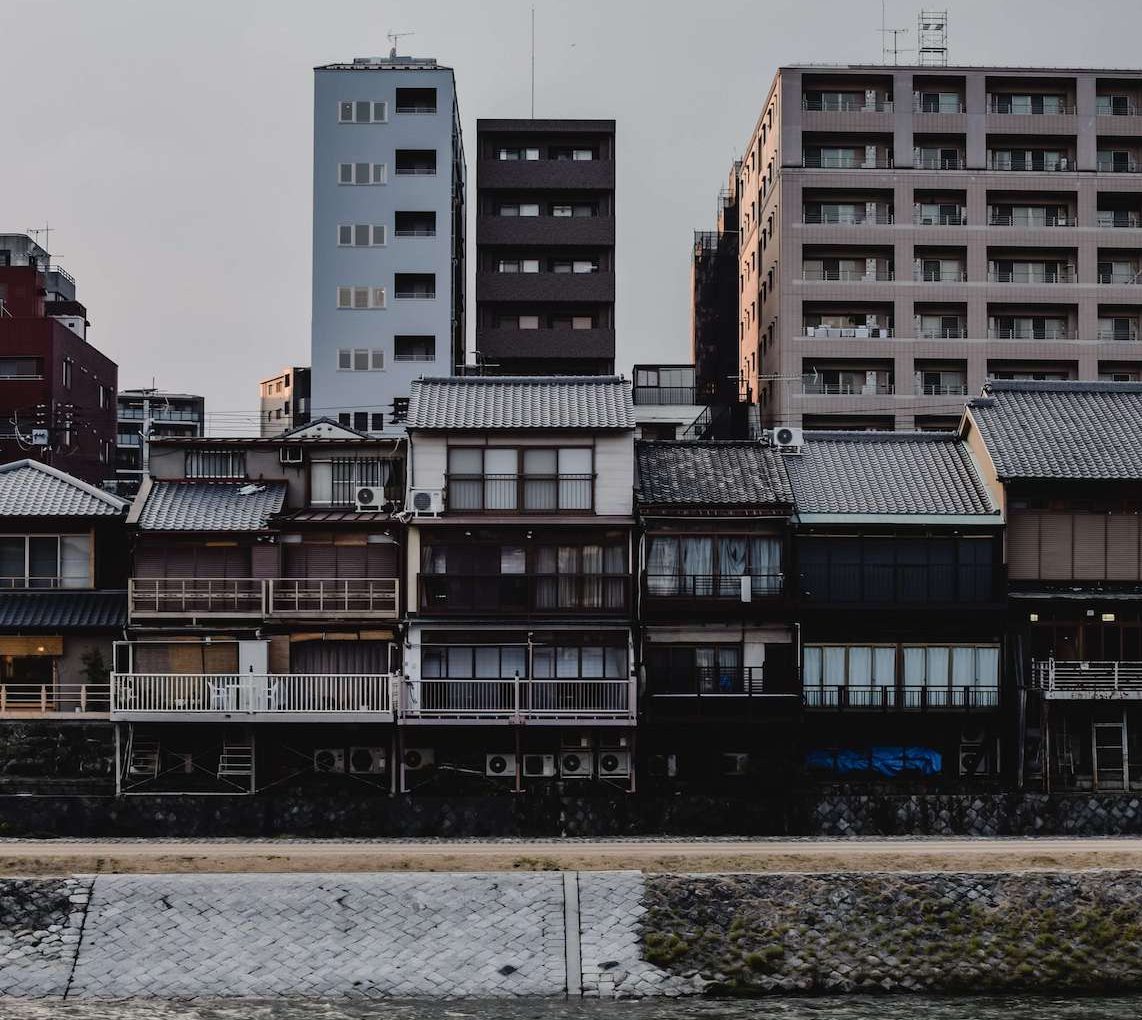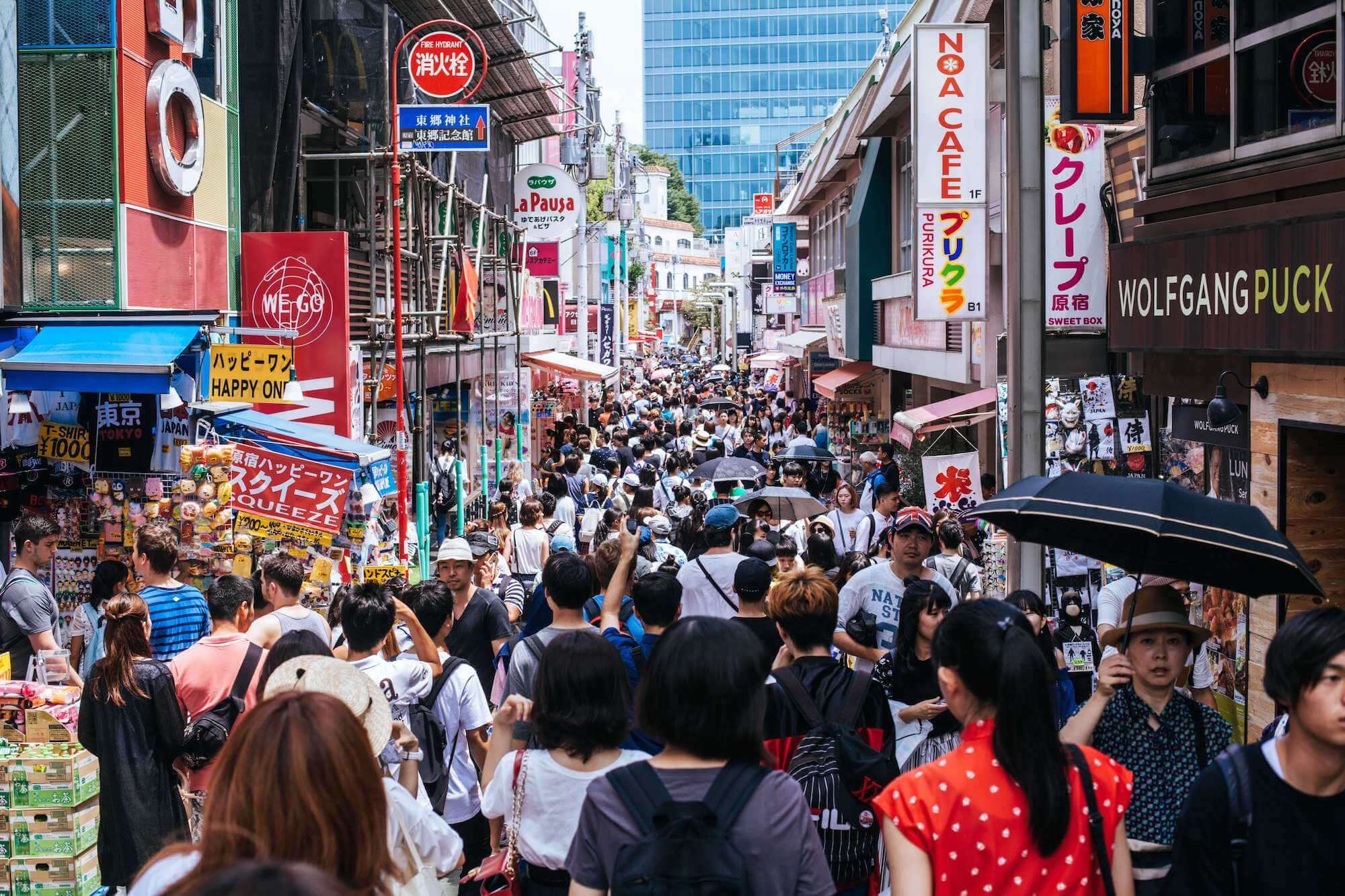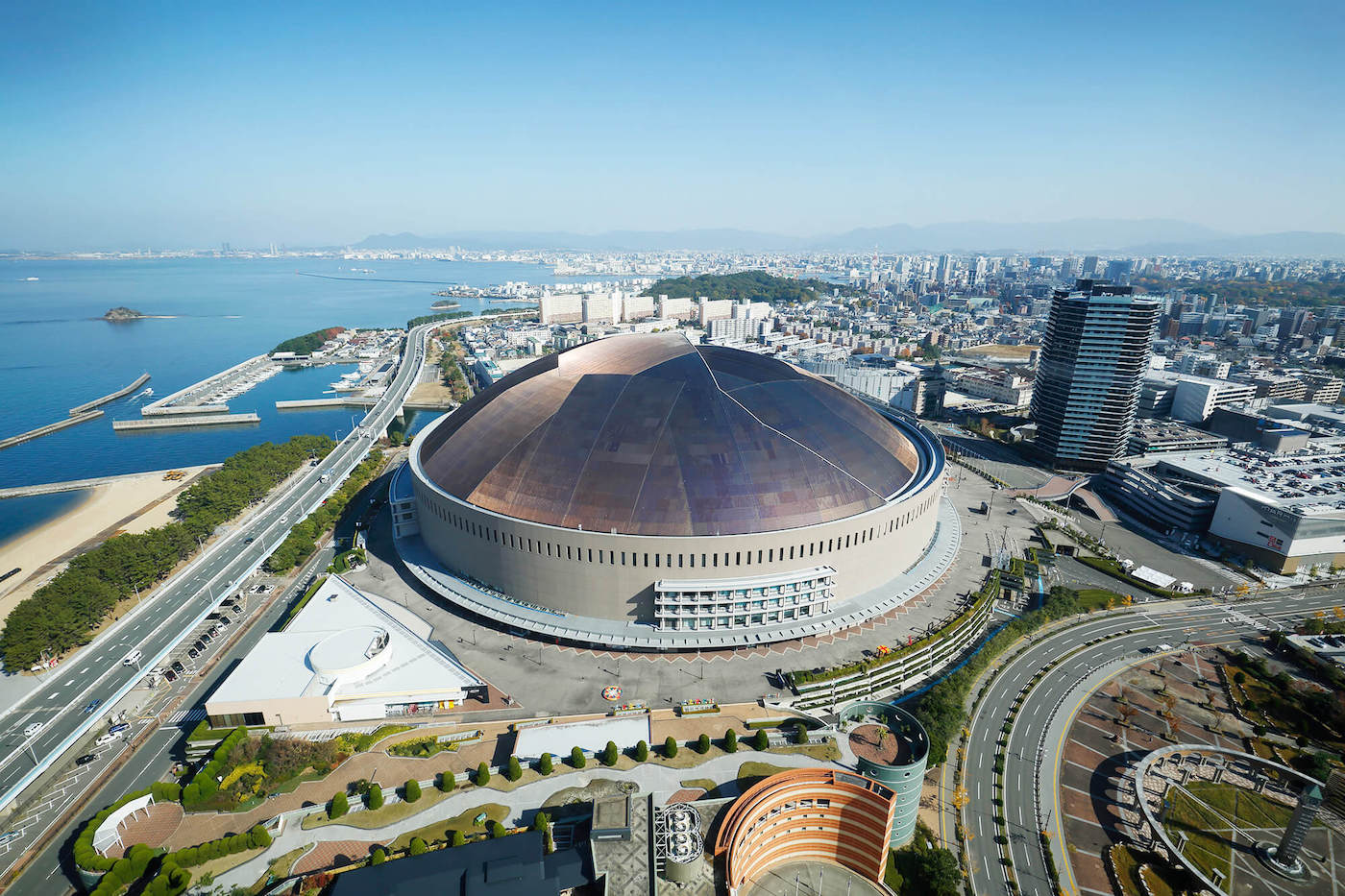Apartment hunting in Japan can be a headache. You have so many aspects to consider, on top of the differences in the definition of terms. Let’s break down the entire process, from terminology to hidden fees, and make your transfer hassle-free.
Are you moving out? You might be surprised when asked by a real estate agent if you’re looking for a mansion. No, that doesn’t mean a 5,000-square-foot villa by the hillside like it does in the West. Before you turn down the opportunity to live in a mansion due to a misunderstanding, get to know the two most common types of accommodation in Japan.
Table of Contents
The technical differences between a manshon and apaato
Architecturally speaking, a manshon (マンション) is a large building that is at least three stories high. However, you share that with building with many others. Literally speaking, a manshon comes very close to a condominium, although Japan prefers calling it manshon. The building is often made with reinforced concrete or heavy-gauge steel and has at least three floors, making them the more high-rise version of apartments or the apaato (アパート). A manshon can have one room with a kitchenette and bathroom or be more spacious with three or more separate bedrooms plus a living and dining area.
- Japanese mansion
- Japanese appartment
Meanwhile, an apaato is a two-story building often made of wood and iron. The overall structure is definitely smaller than a manshon. You usually have around ten units per building, meaning fewer tenants. The rooms typically have a loft, which maximizes the high ceiling by adding an elevated sleeping area, thus creating more space under. Some apartments even offer two-floor living, meaning you can experience a home with stairs and more distinguished rooms than a single layout interior.
The pros and cons of living in a manshon or apaato
Since apartments are made of wood or light gauge steel, the overall structure of the building means poorer insulation and thinner walls. If you prefer peace and quiet and end up with loud neighbors, this can be an issue. We lived in an apaato where we could hear the low hum of conversations from the next-door unit. How much more loud television in the middle of the night.
 On a positive note, you don’t need to worry about many neighbors when living in an apartment, hence fewer possible conflicts. For example, if you’re sharing a single trash deposit station with 100 units, things can get messy if a handful disregard the rules. Manshons tend to also have stricter rules when it comes to noise and the overall upkeep of shared corridors and lobbies to help implement peaceful living conditions.
On a positive note, you don’t need to worry about many neighbors when living in an apartment, hence fewer possible conflicts. For example, if you’re sharing a single trash deposit station with 100 units, things can get messy if a handful disregard the rules. Manshons tend to also have stricter rules when it comes to noise and the overall upkeep of shared corridors and lobbies to help implement peaceful living conditions.
On top of their thicker walls and increased resistance to earthquakes and fires, manshons also have more enhanced security systems in place like a main entrance equipped with an auto-lock function, compared to an apartment where you walk into the building and straight to the unit’s front door.
The costs of living in a manshon or apaato
If you have some experience apartment-hunting in Japan, you know full-well that land is expensive in the country, especially if you get as close to a station, commercial hubs, or business districts. To give you a comparison, you can have a two-story, single-detached 110-sqm house about 10 minutes away from a station in a popular city in Saitama and still pay less rent a month than a 1K (one-room about 20sqm) in Tokyo.
 With that in mind, you will need to weigh in distance and time when computing the costs of your new space. When comparing the two, apartments are generally cheaper than manshons because they have less upkeep and cost less to build. You don’t have elevators, a resident caretaker, and as many CCTV cameras to maintain in an apartment, hence lower operating costs.
With that in mind, you will need to weigh in distance and time when computing the costs of your new space. When comparing the two, apartments are generally cheaper than manshons because they have less upkeep and cost less to build. You don’t have elevators, a resident caretaker, and as many CCTV cameras to maintain in an apartment, hence lower operating costs.
The nationwide average rent per month, excluding utilities, is between ¥50,000 to ¥70,000 for a one-room apartment of about 20sqm. Meanwhile, this price can reach ¥100,000 when looking for a place in central Tokyo. For more accurate details, you can check out real estate websites, input your requirements and receive a few possible manshons or apaatos that fit the bill.
Quick guide of manshon or apaato sizes
If you are scratching your head at all the terminologies used to describe the size or layout of a particular apartment, here’s a quick guide explaining them. The most common apartment sizes in Japan are 1K or studio (27sqm), 1DK (35sqm), 1LDK (46sqm), 2LDK (56sqm), and 3LDK (78sqm). The letters K, L, and D stand for Kitchen, Living and Dining, while the numbers (excluding the 1K) stand for the number of bedrooms.
Therefore, a 1K unit gets you a single layout room with a small kitchen area. Meanwhile, the 1DK has one bedroom, a dining area, and a kitchen space. You can quickly gauge the room layout just by looking at these labels.
How to find the right manshon or apaato
When choosing your living accommodations, you need to consider your preferences as the topmost priority because these will significantly affect your overall living conditions. For example, if you require a good night’s rest because you wake up early for an 8-5 work shift, then thicker walls and better insulation are crucial. You can also choose an apartment unit located at the far side or topmost section so you can eliminate possible sources of noise from one or two sides. These units might be around ¥2,000 more expensive but still relatively cheap compared to a manshon unit.
 As mentioned earlier, location is another critical point to consider, especially if you need to commute to work. You might have discovered the perfect manshon in terms of size and rent, but it’s far from the station, or the train only arrives every 20 minutes. This means you need to allow extra time to get to the station, buy a bike and pay for parking, and time your commute because you can’t afford to miss a specific train arrival schedule.
As mentioned earlier, location is another critical point to consider, especially if you need to commute to work. You might have discovered the perfect manshon in terms of size and rent, but it’s far from the station, or the train only arrives every 20 minutes. This means you need to allow extra time to get to the station, buy a bike and pay for parking, and time your commute because you can’t afford to miss a specific train arrival schedule.
Another consideration that would affect your decision is the community. Whenever we move to a new area, my husband and I would scout the nearby supermarkets, convenience stores, parks, restaurants, and commercial streets to check if the neighborhood is a good fit for us. You can usually tell if a certain area is meant for you or not with just a visit. You can do this at the same time as the room viewing appointment with the real estate agent, or you can ask them for more details.
Conclusion – Difference between manshon and apaato
Now that you’re equipped with the basic information regarding a manshon or apaato, you can search for your new home more prepared. It might take a bit of digging, a lot of calculating, and a couple of visits, but with all of the choices out there, you can definitely land on the best unit for you.
Be sure to follow us on Facebook, Instagram, Twitter, and Pinterest for more fun stuff! Visit our online shop: shop.itsyourjapan.com

Hana Otsuka
Hana is a freelance writer, finance analyst, and chef who pursues various hobbies. She aspires to be a philanthropist who helps out others in any way she can.










